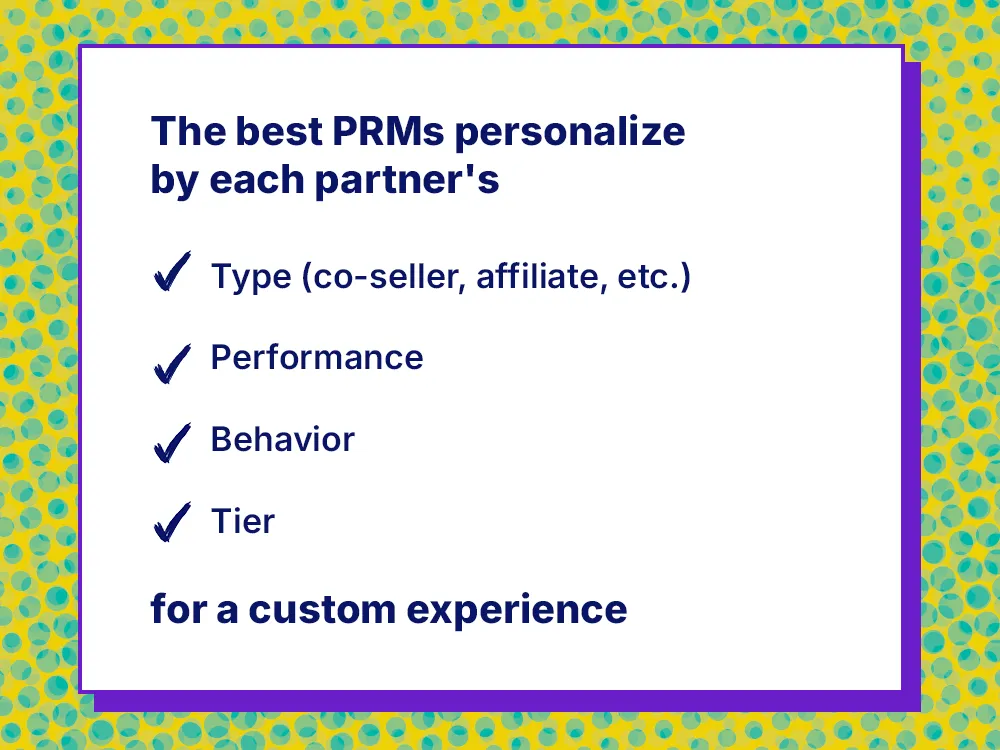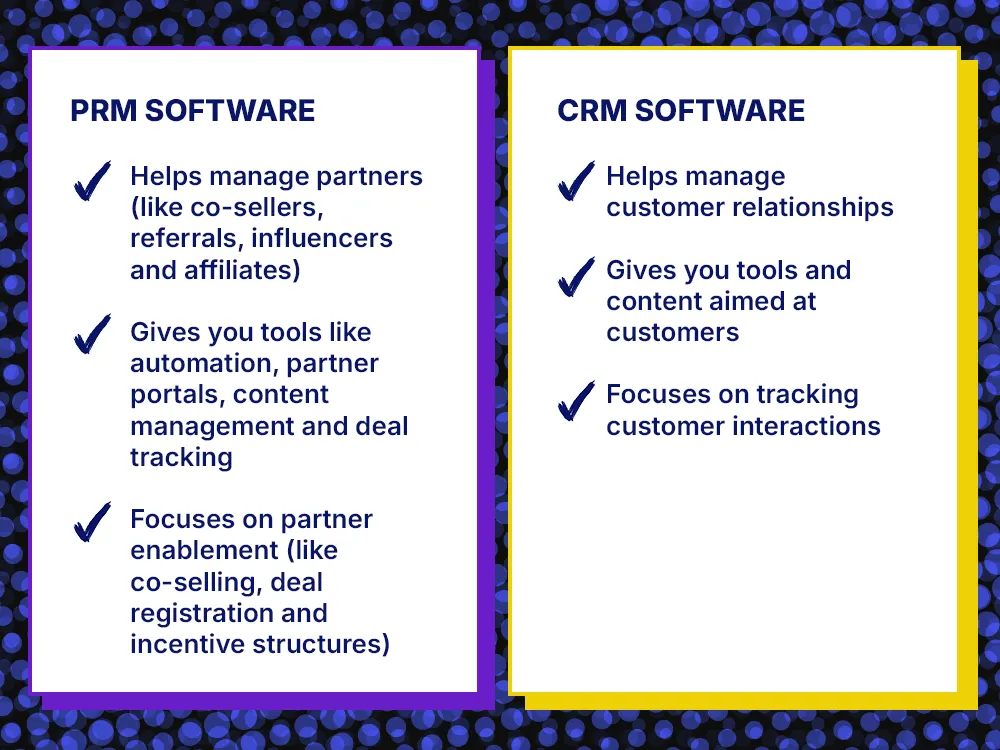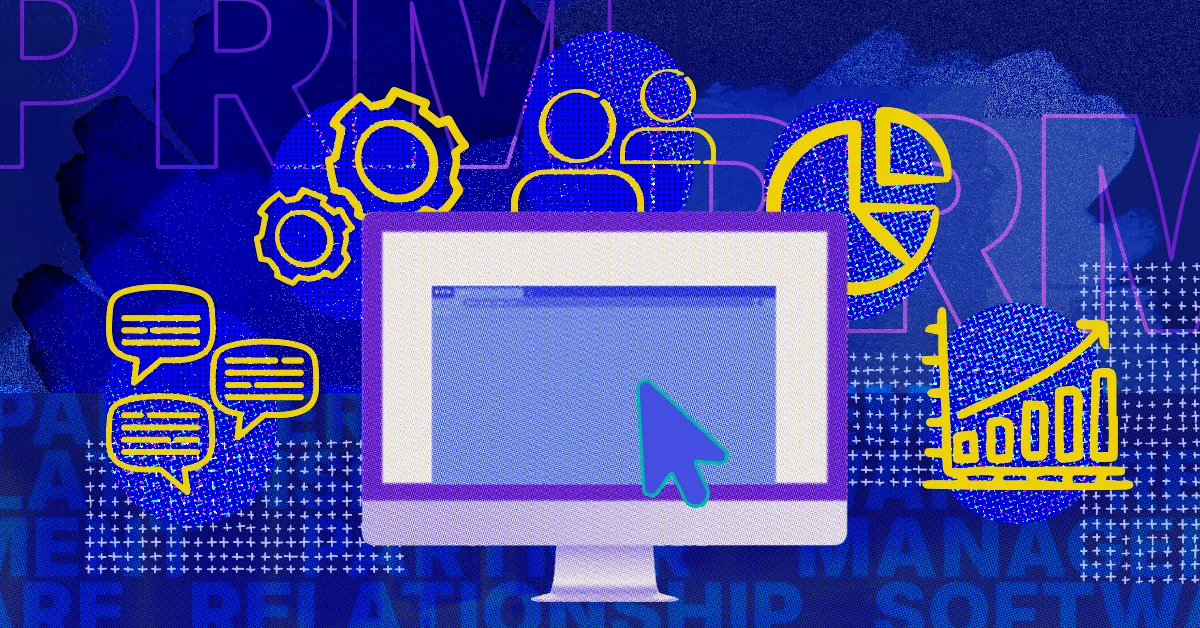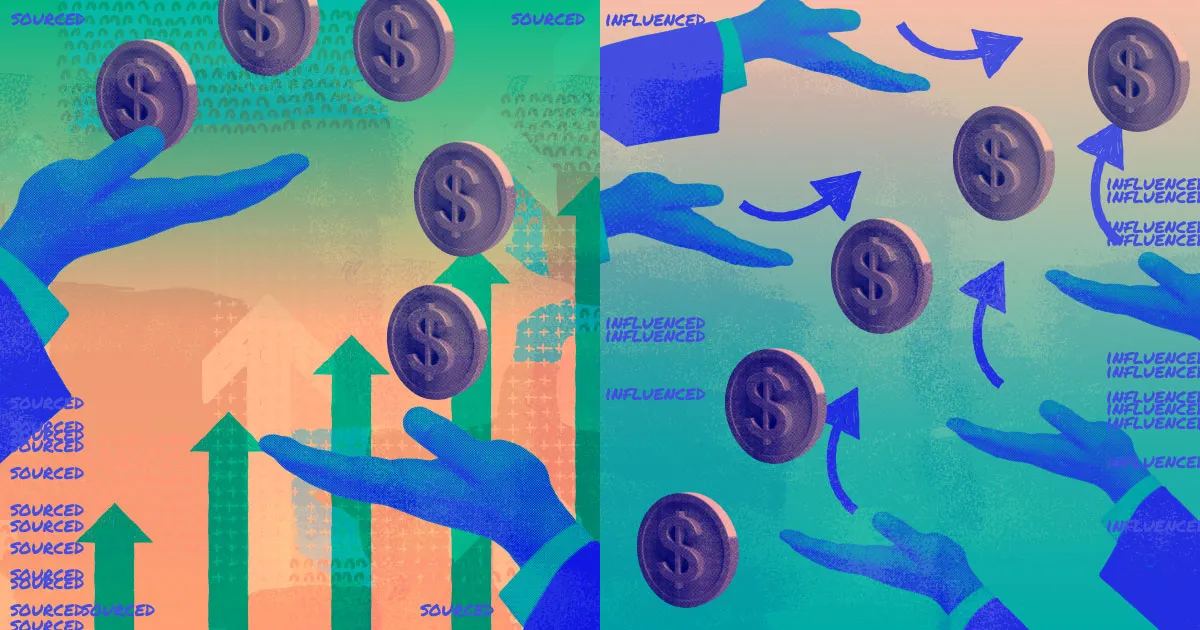If you were looking for a partner relationship management (PRM) software in the past year, you might be shocked by how much has changed. The possibilities evolve month by month, not year by year.
PRM software tools are no longer just partner portals. 2026’s top PRM software solutions are now AI-powered partner data and performance tracking hubs that give you:
- Seamless automation from recruitment to partner onboarding to sales enablement, all the way to payouts
- Advanced personalization to tailor partner journeys
- Partner-first usability and streamlined integration
Let’s look at how PRM software has evolved in 2026, and what super-charged partner management could mean for your internal teams, as well as your partner engagement, your sales teams and your entire channel ecosystem.
Read the latest report: The State of Partnerships in GTM 2026.
How PRM software has evolved
AI-powered automation for partner enablement
Today’s partner relationship management software platforms automatically route leads to co-sell partners based on predefined rules and performance metrics, ensuring lead management with fewer manual handoffs.
Reporting dashboards leverage AI to highlight trends in partner activity, revenue growth and ROI. Automated communications (i.e. triggered onboarding process or re-engagement emails) keep co-sell partners engaged.
These capabilities enhance partner satisfaction by providing support at every step.
Personalization across the partner lifecycle
Gone are the days of one-size-fits-all solutions for all partner teams.
PRM software that will win out in 2026 will enable experiences tailored by partner type, performance and partner behavior. Partner portals adjust content (training modules, promotional assets and onboarding flows) based on a partner’s role or tier.
AI helps segment partners into dynamic groups and trigger custom incentives when performance thresholds are met.

Key features to look for in PRM software in 2026
Deal registration and performance tracking
Look for systems that empower partners to submit deals via custom forms, update their progress and sync seamlessly with your CRM for two-way visibility. This promotes real-time transparency and accurate attribution.
You might also like: The B2B buyer’s guide to partnerships software in 2026.
Lead routing and performance analytics
The best PRMs automate lead assignment based on partner fit, geography or performance, which ensures faster outcomes and stronger partner engagement. Drill-down performance dashboards allow you to track your overall partner programs’ health.
Incentive management and partner tiers
Your PRM software should manage incentives and tiered partner programs effectively. From automated commission calculations and fraud detection, to tier-based incentives that activate as partners hit milestones, the most powerful platforms align behavior with rewards to encourage partner engagement.
How to choose the right PRM software for you
Prioritize the partner experience
PRMs that are intuitive for both managers and partners drive higher adoption. This needs to begin with frictionless partner onboarding, and extend to a partner portal built with their needs in mind.
Integrations with existing systems
PRM software must integrate smoothly into your existing tech stack and sync with CRMs like Salesforce or HubSpot, enabling shared data across partner programs with no manual syncing required.
See more: PartnerStack apps named essential by HubSpot (again).
FAQs
What is partner relationship management software?
PRM software helps vendors manage their channel partner relationships with co-seller, referral, influencer and affiliates through automation, partner portals, content management and deal tracking.
What does PRM software do?
PRM software streamlines onboarding, training, deal registration, lead distribution, reporting, commission payments, content delivery and automated communications. It helps you manage partner programs efficiently and encourage partner collaboration.
How is PRM different from CRM?
While CRM manages interactions with customers, PRM software manages partners. PRM tools center on partner enablement (co-selling, deal registration and incentive structures) rather than customer relationships.

Can a PRM help scale partner revenue?
Yes! Your partner relationship management software should remove friction from the partner portal, provide real-time analytics, facilitate better partner marketing and support scalable incentive programs, helping you grow your partner ecosystem.
What industries use PRM software?
Partner relationship management software is common in tech industries like B2B SaaS, hardware, telecom and manufacturing.
However, PartnerStack is the only PRM built with B2B SaaS in mind. If you want to see exactly how it can help you, click here to get started.

















